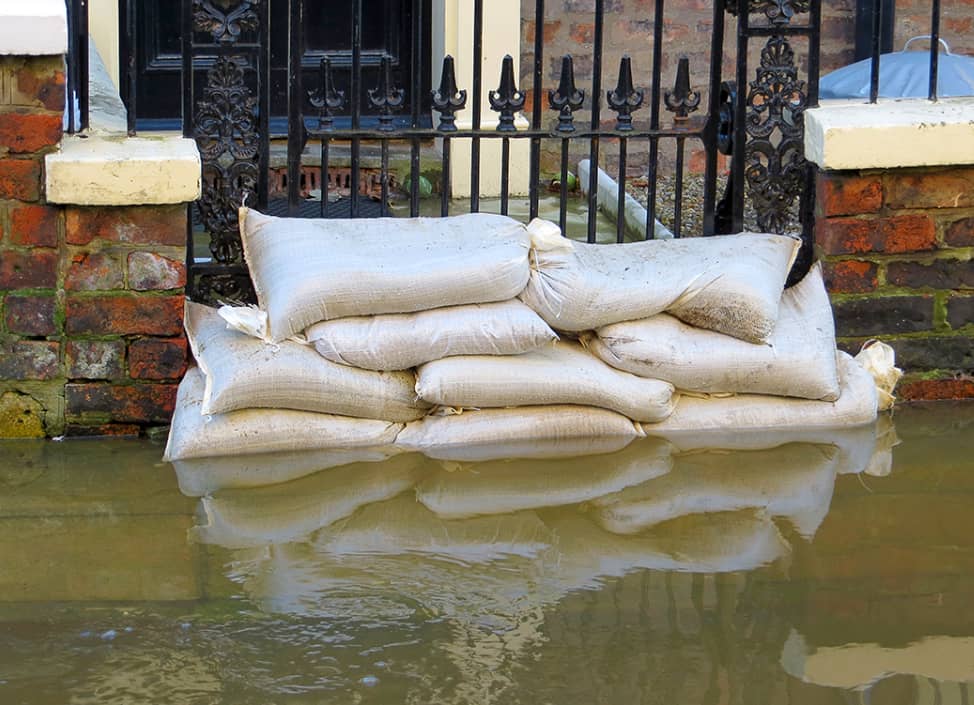Sandbags

This information about acquiring sandbags for use in the event of flooding has been provided in partnership with the district councils within Worcestershire and Herefordshire Council.
Clicking on your county link below will lead you to documents that detail information on sandbags:
The disposal of sandbags
Sandbags that have been used during flooding need to be disposed of properly because they could still contain contaminants left behind by polluted flood water. There is no local council service for the disposal of used sandbags, but they can be disposed of at your local household recycling centre; please refer to your local council website for more information.
Handling sandbags
Manually filling, moving and placing sandbags is physically demanding. It may involve repeatedly lifting and carrying heavy loads and moving into awkward positions. Care should be taken to avoid injury.
Health and Safety Tips
- Use gloves to protect hands from chemically-treated sandbags and contaminants in sand and floodwater
- Avoid touching your eyes and mouth
- Wash your hands and face before eating or drinking
- Use safety glasses, particularly on dry and windy days and when working with automated equipment
- Wear waterproof footwear
- Use waterproof gear if working in floodwater or rainwater
- Use protective clothing if exposed to polluted floodwater
- Wear reflective clothing when working at night
Filling sandbags
If you have to fill your own sandbags, we advise the following:
- Use pillowcases, refuse sacks, or even carrier bags if you do not have sandbags
- You can fill sandbags with garden soil then stamp them down so there are no gaps
- Get your friends and family to help you: the more people can help, the easier the task will be
- Remember each bag can weigh 20kg to 30kg
- Make sure everyone alternates positions every 20 to 30 minutes and take frequent short rest breaks when filling sandbags
Manual handling lifting tips and techniques
- Keep any heavy loads in front of and close to your body
- Only lift between knee and waist height
- Do not reach out, bend over, or twist when lifting
- Lift with your legs, not your back
- Use a good hand grip when lifting
Positioning the sandbags correctly
- It is essential to fill and lay sandbags correctly
- Do not overfill them (no more than half to three-quarters full)
- When laid, stamp them down well to make the upper bags mould themselves around the lower bags
- Build up the layers like brickwork with the bottom row butted up tight to each other, end to end, well stamped down before laying the second row on top
- If the wall is more than two sandbags high, use a double line of bags for the first two layers and a single line on top
For further information about the use of sandbags for flood protection refer to this Environment Agency sandbags guide
Please note: the information provided is a guide and Hereford & Worcester Fire and Rescue Service cannot be held accountable for any injuries sustained while moving sandbags.